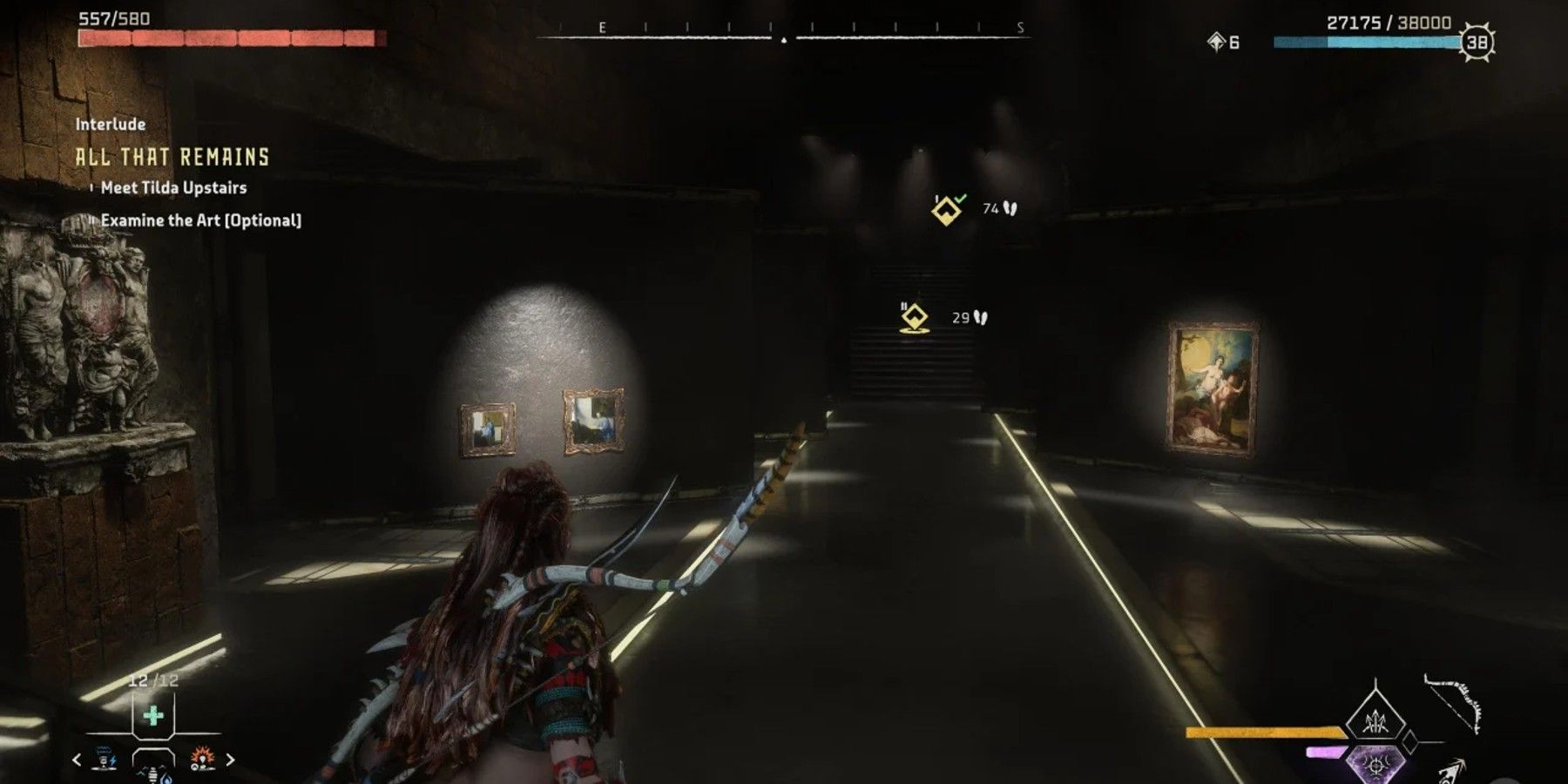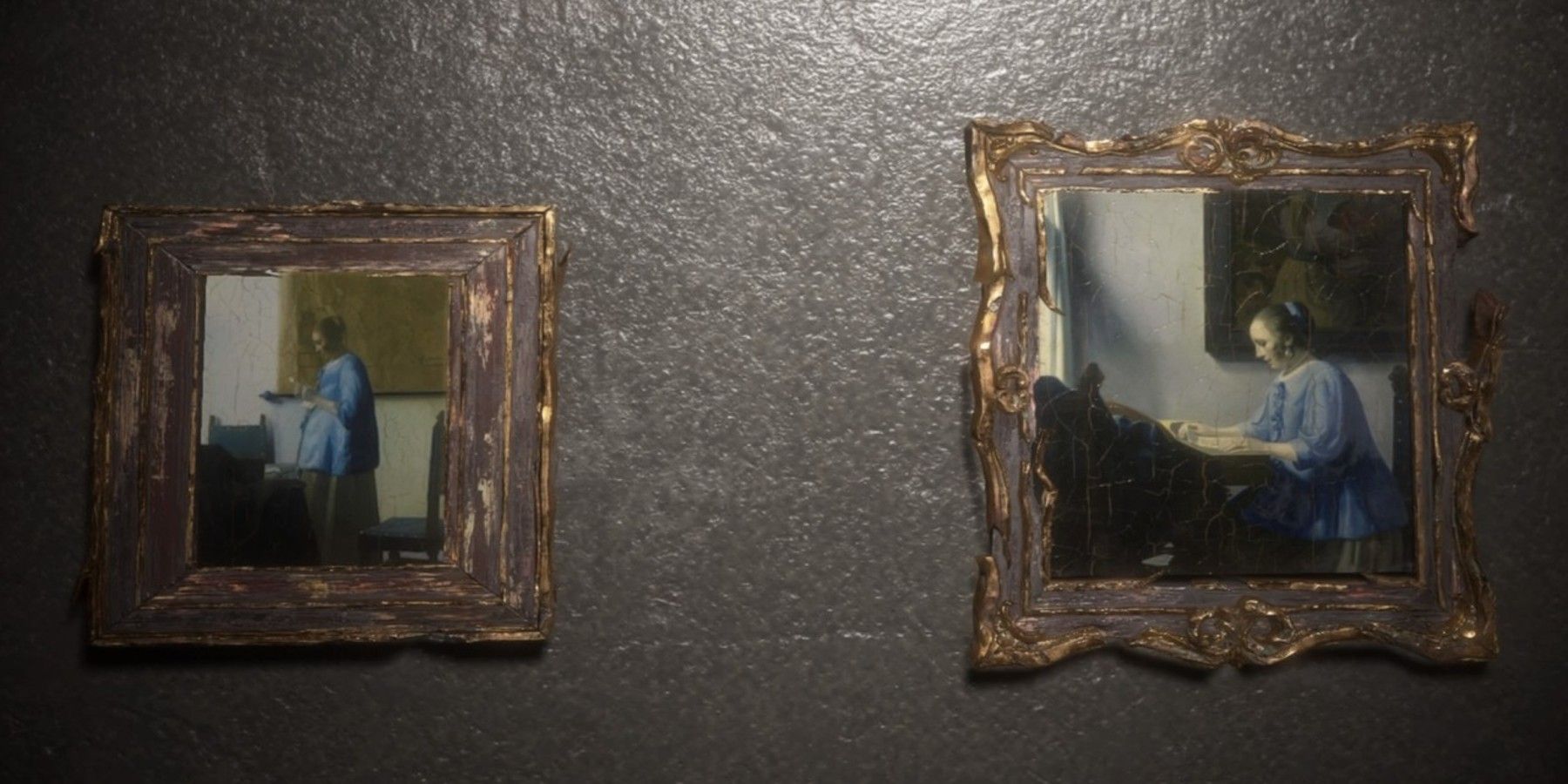In a world as big as the one Guerilla Games created in Horizon Forbidden West, it can be hard for players to uncover all of its secrets. Horizon Forbidden West's landscapes had to be littered with interesting histories to help build the world of the new IP. Players needed to come to grips with not only the story of the games, but how its post-apocalyptic setting came to be. Gamers were intrigued by the first game and the unique narrative it unveiled, but while they learned plenty about Aloy and her community, not much was known about the Old Ones that came before. SPOILERS AHEAD.
Horizon Forbidden West helped to provide some much-needed revelations regarding the humans that lived a thousand years before the events of the games, who were instrumental in causing the world's downfall. Players were even able to meet some of them with the appearance of Far Zenith – the group of advanced humans who extended their natural lifetimes to attain a form of physical immortality. One of Far Zenith's members stands out in particular, not only as an enemy-turned-ally-turned-enemy but also as a key to unlocking more of Elisabet's past. Tilda van der Meer has a large part to play in the events of Horizon Forbidden West, but she also has a fascinating art collection that contains many hidden meanings.
Horizon Forbidden West: Tilda's Foreshadowing And Fateful Meanings
During Horizon Forbidden West's 'All That Remains' quest, Aloy finds herself exploring parts of the ruined remnants of Tilda's Old World home. Although it's optional for players to stop and check out Tilda's impressive art collection on the way to getting some answers from the mysterious member of Far Zenith, if they do examine the pieces they can witness some revealing dialogue. The works of art were rescued by Tilda from the chaos of the Old World, and in a way, she (consciously or not) selected the works that told her whole story, from her betrayals to her regrets.
None of the pieces convey this better than Rembrandt's painting of Jeremiah, who he depicts in mourning. Tilda tells Aloy that he is mourning his home, just as she has with both the Old World and the Sirius Colony that was destroyed by Nemesis. What is key about Tilda's selection of this painting is that Jeremiah predicted Jerusalem's destruction, but he "could do nothing to prevent it," and instead "saved its treasures from destruction" just as Tilda saved the artworks. This shows the stark contrast between Elisabet and Tilda – one tried to save humanity, whereas the other thought she could do nothing and merely sought to escape and preserve material things.
Another piece by Rembrandt is The Night Watch. Tilda says that "it was commissioned to honor a militia made up of influential citizens," drawing obvious comparisons between the subjects of the painting and Far Zenith's uber-rich original members. The fact that the painting is obnoxiously large also helps to convey both sets' sense of their own importance. The symbolism between the artworks and Tilda's journey continues in Willem van der Velde's The Gust, a picture of a ship at sea that perseveres despite the "waves and wind [that] threatened to destroy" it. It embodies the many hardships that the Odyssey and its passengers faced as well as Far Zenith's tumultuous journey, as well as Tilda's belief that they will succeed despite their difficulties.
Tilda's Lost Love in Horizon Forbidden West
From troublesome voyages to important people, Tilda's views of herself and Far Zenith are clear, but one of the main themes that both define the collection and Tilda's story is the concept of lost love. Tilda loved Elisabet Sobeck, but she chose to leave her behind when the Odyssey departed the doomed planet. She has regretted that decision for centuries, and this loss and longing are present in so many of the collection's pieces. From the hooded picture of Titus that is "infused with a sense of loss" to van Vianen's lidded ewer which served as a memorial to his dead brother, the artworks are infused with mourning.
The picture of Selene and Endymion even features Cupid, the god of love, who bears a touch to represent "Selene's undying infatuation" for the simple shepherd. Tilda goes on to say that although "the two must remain apart, her love will forever burn." It's not hard to piece two and two together here and see why Tilda relates to this work so strongly. Vermeer's Woman Reading a Letter and the forgery Woman Reading Music beside it are also symbolic of Tilda and Elisabet's relationship, as well as hers with Beta and Aloy. The latter two are clones of the former scientist, and Tilda's fascination with forgeries and copies explains her later obsession with Aloy.
Tilda's art collection symbolizes her sense of her own importance, her selfish dismissal of humanity as a whole, and her own tragic love story. The collection is a monument to herself and her personal narrative as much as it is to her lost love, but it also shows the key differences between herself and characters like Elisabet and Aloy work for the good of all humanity over their own self-interest.
Horizon Forbidden West is available now on PS4 and PS5.



